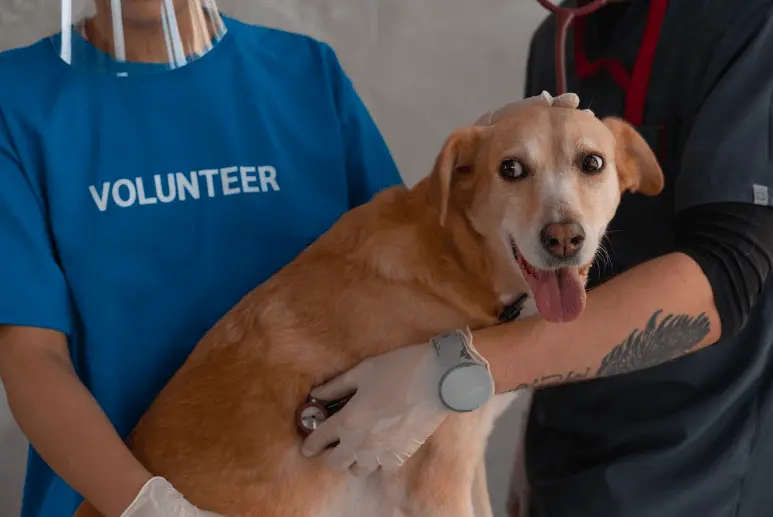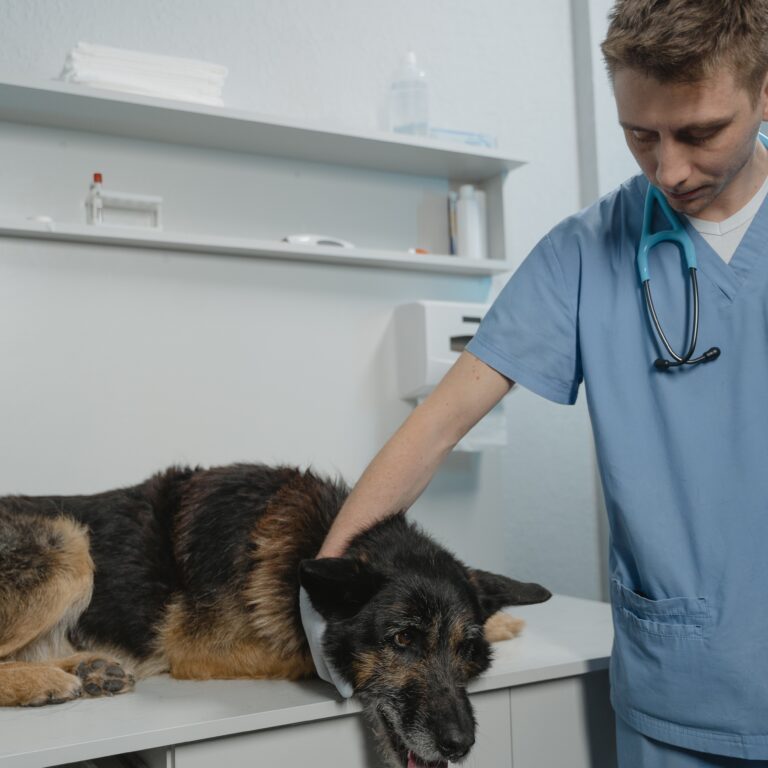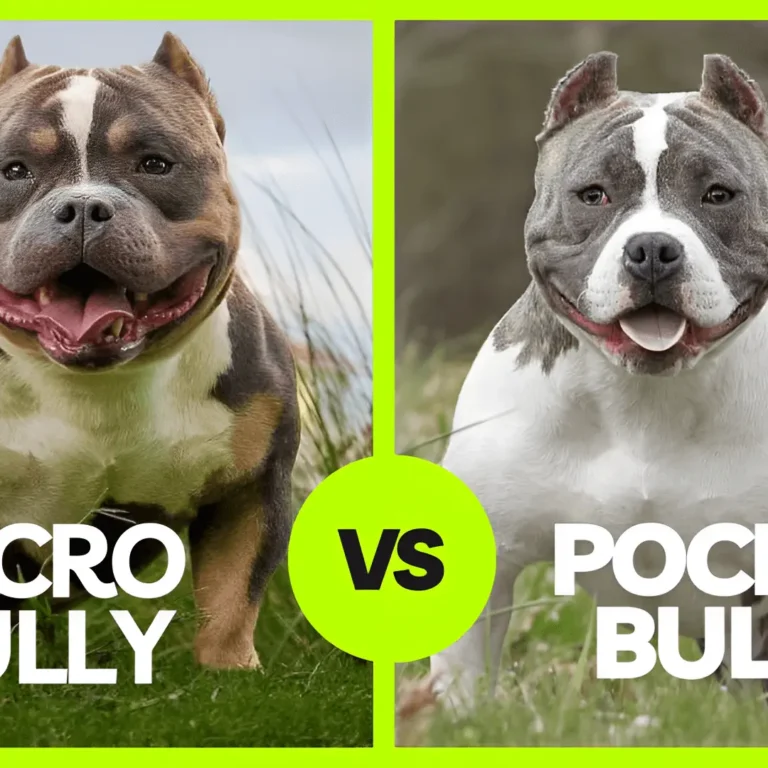Choosing the Right Diet for Dogs with Allergies
Man’s best friend deserves all the love and affection it gets, and this includes ensuring we help prevent allergic reactions. It’s easy for pet owners to rely on generic dog food and dry kibble out of convenience, but it’s not always the best option for your pet.
Dry kibble tends to have several ingredients and preservatives, and your dog can be allergic to any one of them. In such situations, it is unfortunate if we continue feeding them allergy-triggering food.
In this article, let us look at how to go about finding and providing your dog with the safest diet if they have allergies. Let’s get into it.
Identifying Allergens and Allergies
Of course, the first step in helping your dog and selecting the right diet is learning how to recognize allergies. Dogs can’t speak to us, and the only way that you can tell if your pet is allergic is by being observant and watching for symptoms.
For instance, you should know what hives on dogs look like. Also known as urticaria, you can detect them as itchy welts on your dog’s skin. The presence of hives is an obvious indicator that you need to start investigating potential allergens.
At this point, you also want to keep in mind that allergens can be present anywhere. Allergens in your dog’s environment are a common factor, with pollen and mold being obvious factors. However, in this article, we will specifically focus on food allergies.
Typically, if your dog is allergic to something in its diet, the symptoms show up either as symptoms on the skin, gastrointestinal tract, or respiratory system.
Depending on the breed, your dog can be allergic to a wide range of ingredients.
Yes, dogs can be allergic to common options like beef, chicken, and lamb. They can also be allergic to grains like wheat, corn, and soy.

When Should You See a Vet?
If you are a responsible pet owner, you probably have frequent contact with your vet. For those of you who visit your vet every month or so, this question isn’t too problematic.
However, for people who live in remote areas or who have pets that haven’t been socially trained, which makes vet visits nearly impossible, getting veterinarian advice can be tough.
People are very free with the “VET NOW!” advice online, but for many pet owners, this isn’t possible. In such situations, consider having a video call with a veterinarian that allows online consultations. You can explain the situation, zoom in on any symptoms that your dog is showing, and describe any other details.
Sure, your vet may not be able to do a physical examination, but it’s better than nothing. It’s possible that, on observation, the vet may recommend an allergy medicine for dogs, a hypoallergenic diet, or a ‘limited ingredients diet’.
More often than not, you will have to try multiple treatment procedures to find what works. Let’s take a closer look at what this involves.

What Allergy Medication Are Prescribed to Dogs?
Antihistamines are one of the more common anti-allergic medications that your vet may prescribe. According to PetCareRx, oral antihistamines like Benadryl are often used. Likewise, corticosteroids and injections of Cytopoint are often used to reduce itchiness.
Of course, you also want to ensure you are clear about what side effects to expect. Medication does have the capacity to give your dog other symptoms that you want to differentiate from the allergenic ones. This might include anything from vomiting to seizures.
Once your dog has been administered any medications or shots, you need to analyze and rethink your dog’s diet from the ground up. You can do so either with a hypoallergenic or a limited-ingredient diet.

Should You Opt for a Hypoallergenic Diet or a Limited Ingredient Diet for Your Dog?
While the name sounds a little dangerous, a hypoallergenic diet is actually extremely safe. They are deliberately formulated to have a very low chance of triggering an allergic reaction in dogs. It achieves this by using ‘novel’ protein sources that the dog hasn’t tried yet. This tends to reduce the risk of an allergic reaction.
For instance, if your dog has mainly been eating chicken and beef, a hypoallergenic diet might switch that protein source to duck or venison. They also feature grain-free options because wheat, corn, and soy tend to be common allergens for Micro Bully dogs.
Ideally, your vet will be guiding the formulation of a new diet, so heed their advice.
This type of diet offers one approach to reducing allergic reactions, but a lot of vets will also recommend a limited-ingredient diet. As the name suggests, this simply cuts down on the excess that store-bought dog food tends to have.

Carb sources might be cut down, and likewise, the food may only feature a single protein source. At the same time, LIDs aren’t supposed to be unhealthy. Even though their constitution is limited, they should contain all the essential vitamins, minerals, and nutrients that your dog needs.
Both diet options are similar enough that they should both be fine. People tend to choose LLDs when they want to narrow down and really identify what the allergen is. It’s also a good idea to keep a note of what you are giving your dog and how often. The information helps out quite a lot during times like this.
In conclusion, people tend to associate allergies with humans more than animals; however, dogs can certainly have allergies. When you remember that these allergies can often cause serious symptoms, it becomes crucial that pet owners pay attention.
It might take a little effort to narrow down what your dog’s allergy is, but once you do, you can provide them with the right diet. It’s worth stressing that allergens come from anywhere. Food allergies are just one part of the puzzle.
Ensure that you are talking to your vet and reporting how your dog is responding to changes in diet and environment. Remember, it’s better to over-communicate these things than wish you had in retrospect.








One Comment